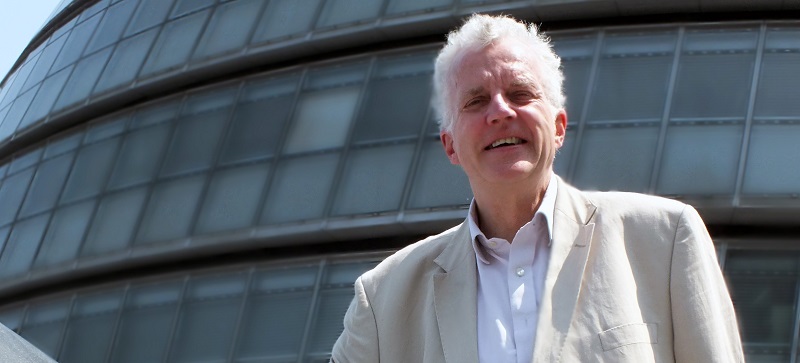Subterranean Railway Review
Paris’s rattly underground system evokes affection (as in Louis Malle’s whimsical movie Zazie dans le Metro). The New York subway evokes fear (as in Walter Matthau and Robert Shaw’s stand-off in The taking of Pelham one two three).
But there’s no psychological equivalent among Londoners. We mostly view the engineering miracle beneath our city streets with indifference or irritation. All we want to know is: odes it work well or not?
Christian Wolmar would like us to learn to love it. He is an unashamed Underground buff. To him, as a West London child, its ticket machines symbolised ‘freedom and adventure’ Now he shares his fascination, in an entertaining and informative history. “Without the Underground” he rightly says “London would just not be, well, London.” It shaped the way the city grew. It’s the saviour or bugbear of millions of travellers.
But the pleasing leitmotiv of Wolmar’s story is how chancy it’s all been. The authoritative layout of the famous Tube map is misleading. It gives the Underground the false air of having been worked out to some master plan.
The truth is much more rackety. Wolmar’s favourite adjective is “fortuitous”. It’s always been a skin of its teeth system. And the wizards who pulled off the financial tricks, and rescued it, were nearly all Americans, or else Englishmen trained in America. (In recruiting Bob Kiley from America to head up Transport for London, Livingstone only followed tradition). Many were distinctly dodgy.
They were great men all the same. Wolmar rescues them from unjust oblivion. The greatest wizard was Charles Tyson Yerkes. He fled flamboyantly to London from accusations of fraud in Chicago. His motto there, in the face of overcrowding on his tramlines, was: ‘It is the straphanger that pays the dividend’. In London, floating on a cloud of junk bonds, he rammed previously fractious Underground lines into a single company and laid all the first deep Tubes.
Wherever a station façade has ox-blood tiles, you see Yerkes’s company livery. Whenever you find yourself asked to “move down the car” – and not carriage – this is a tiny echo of the Underground’s deep debt to America.
Yerkes died in the Waldorf Astoria in 1905, with new accusations of fraud mounting. But he bequeathed us the Underground we know. An Englishman in exile, Albert Stanley who had been running the New Jersey Transit, came back to cosset Yerkes’s legacy. Stanley was backed up by a design and PR genius, Frank Pick. Together they shepherded the Underground into its 1930s heyday.
The two men built more than Tubes. They created suburbia. Edgware was a hamlet of a thousand people when they planted a new station there. Not for long it wasn’t.
Wolmar mourns the Underground’s decline under both Conservatives and Labour. Even the glossy new Jubilee line was built with dicky signals. He may never persuade us to share his love. But he helps us to understand just how we got here. And how rickety the ride was. And is.
Paul Barker, 8 November 2004
